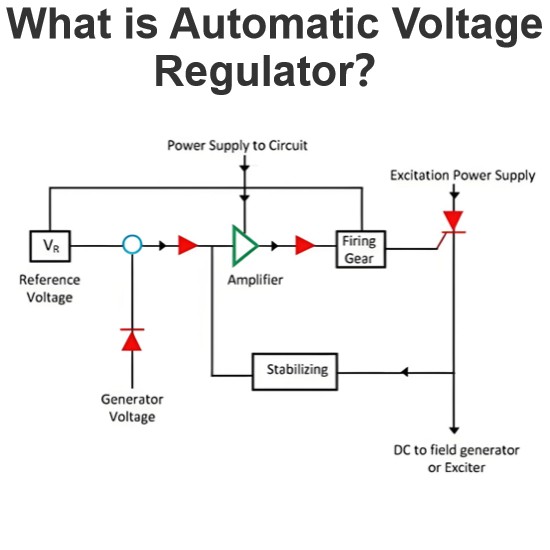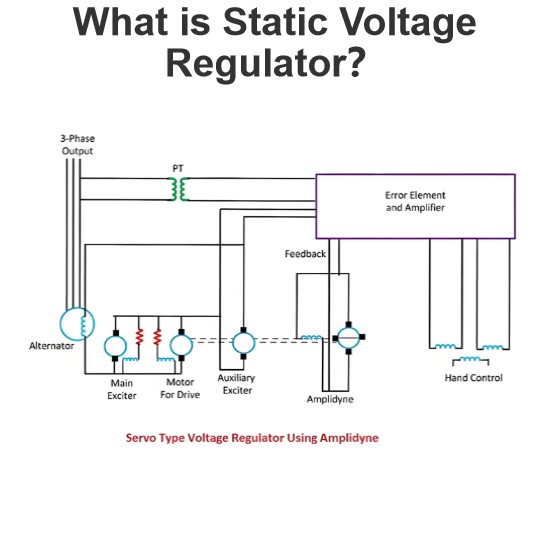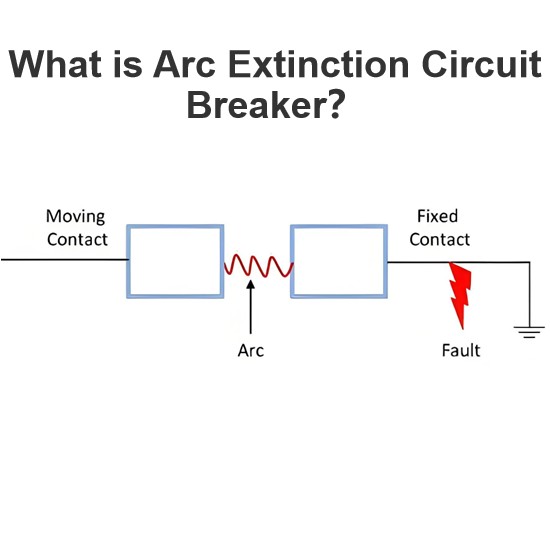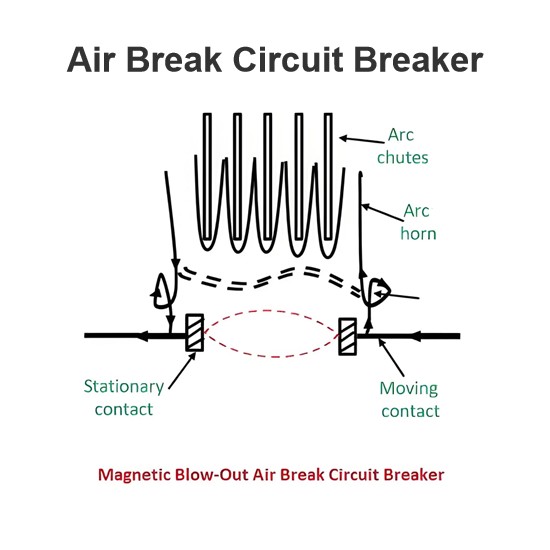What is Synchro?
What is Synchro?
Definition
A Synchro is a type of transducer that converts the angular position of a shaft into an electrical signal. It functions as both an error detector and a rotary position sensor. Errors in the system often occur due to shaft misalignment. The two main components of a synchro are the transmitter and the control transformer.
Synchro System Types
There are two types of synchro systems:
Control Type Synchro
Torque Transmission Type Synchro
Torque Transmission Type Synchros
This kind of synchro has a relatively small output torque. As a result, it is suitable for driving very light loads such as a pointer. In contrast, the control type synchro is designed for driving larger loads.
Control Type Synchros System
Control synchros are utilized for error detection in positional control systems. Their systems are composed of two units:
Synchro Transmitter
Synchro Receiver
A synchro always operates in tandem with these two parts. The following provides a detailed explanation of the synchro transmitter and receiver.
Synchros Transmitter
Its construction bears resemblance to that of a three - phase alternator. The stator of the synchro is made of steel to minimize iron losses. The stator is slotted to accommodate the three - phase windings. The axes of the stator windings are set 120º apart from one another.
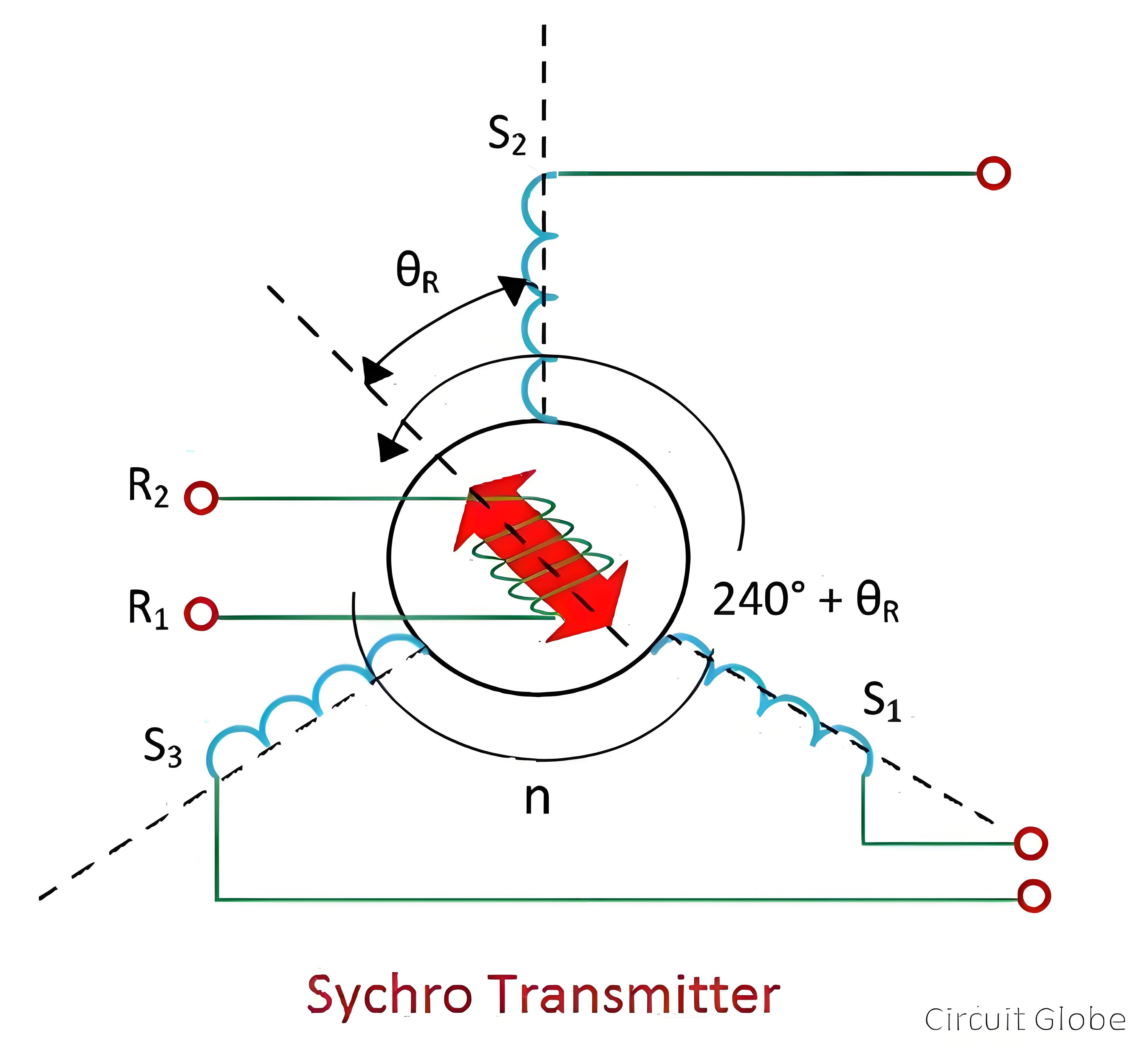
where (Vr) is the root - mean - square (r.m.s.) value of the rotor voltage, and ωc) is the carrier frequency.The coils of the stator windings are connected in a star configuration. The rotor of the synchro has a dumbbell - like shape, with a concentric coil wound around it. An alternating current (AC) voltage is applied to the rotor through slip rings. The constructional features of the synchro are depicted in the figure below.
Consider the voltage is applied to the rotor of the transmitter as shown in the figure above.

When a voltage is applied to the rotor, it induces a magnetizing current, which in turn generates an alternating flux along the rotor's axis. Due to the mutual induction between the rotor and stator fluxes, a voltage is induced in the stator windings. The flux linkage in the stator winding is proportional to the cosine of the angle between the axes of the rotor and the stator. As a result, a voltage is induced in the stator winding.Let V1, V2, and V3 be the voltages induced in the stator windings S1, S2, and S3 respectively. The figure below illustrates the rotor position of the synchro transmitter. Here, the rotor axis forms an angle \(θr) with respect to the stator winding S2.

The three terminals of the stator windings are
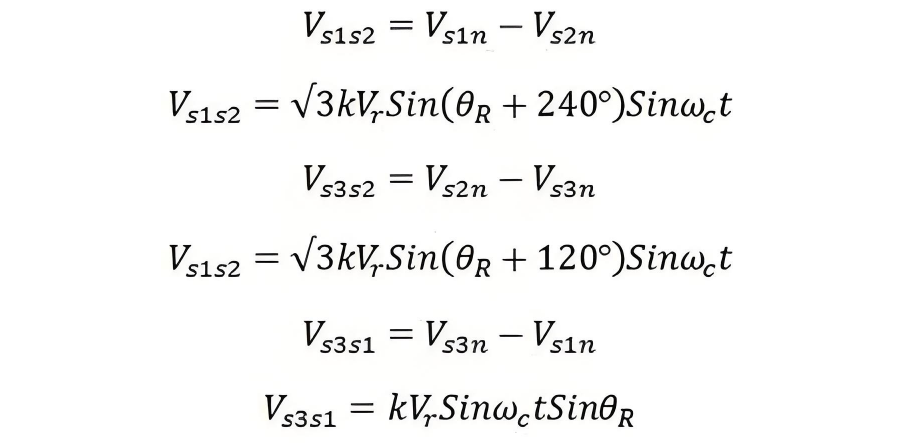
The variation in the stator terminal axis concerning the rotor is shown in the figure below.

When the rotor angle is zero, the maximum current is induced in the stator winding S2. The zero - position of the rotor serves as a reference for determining the angular position of the rotor.
The output of the transmitter is fed to the stator winding of the control transformer, as depicted in the figure above.
Currents of the same magnitude flow through the transmitter and the control transformer of the synchro system. Due to this circulating current, a flux is established within the air - gap of the control transformer.
The flux axes of the control transformer and the transmitter are in the same alignment. The voltage induced in the rotor of the control transformer is proportional to the cosine of the angle between the rotors of the transmitter and the control transformer. Mathematically, the voltage is expressed as

Where φ represents the angular displacement between the rotor axes of the transmitter and the controller. When θ-90, the axes of the rotors of the transmitter and the control transformer are perpendicular to each other. The figure above depicts the zero - position of the rotors of the transmitter and the receiver.
Suppose the rotors of the transmitter and the control transformer rotate in the same direction. Let the rotor of the transmitter be deflected by an angle θR, and the deflection angle of the control transformer's rotor be θC . Then, the total angular separation between the two rotors is (90º – θR + θC)
The voltage at the rotor terminals of the synchro transformer is given as

The small angular displacement between their rotor position is given as Sin (θR – θC) = (θR – θC)
On substituting the value of angular displacement in equation (1) we get

The synchro transmitter and the control transformer together used for detecting the error. The voltage equation shown above is equal to the shaft position of the rotors of control transformer and transmitter.
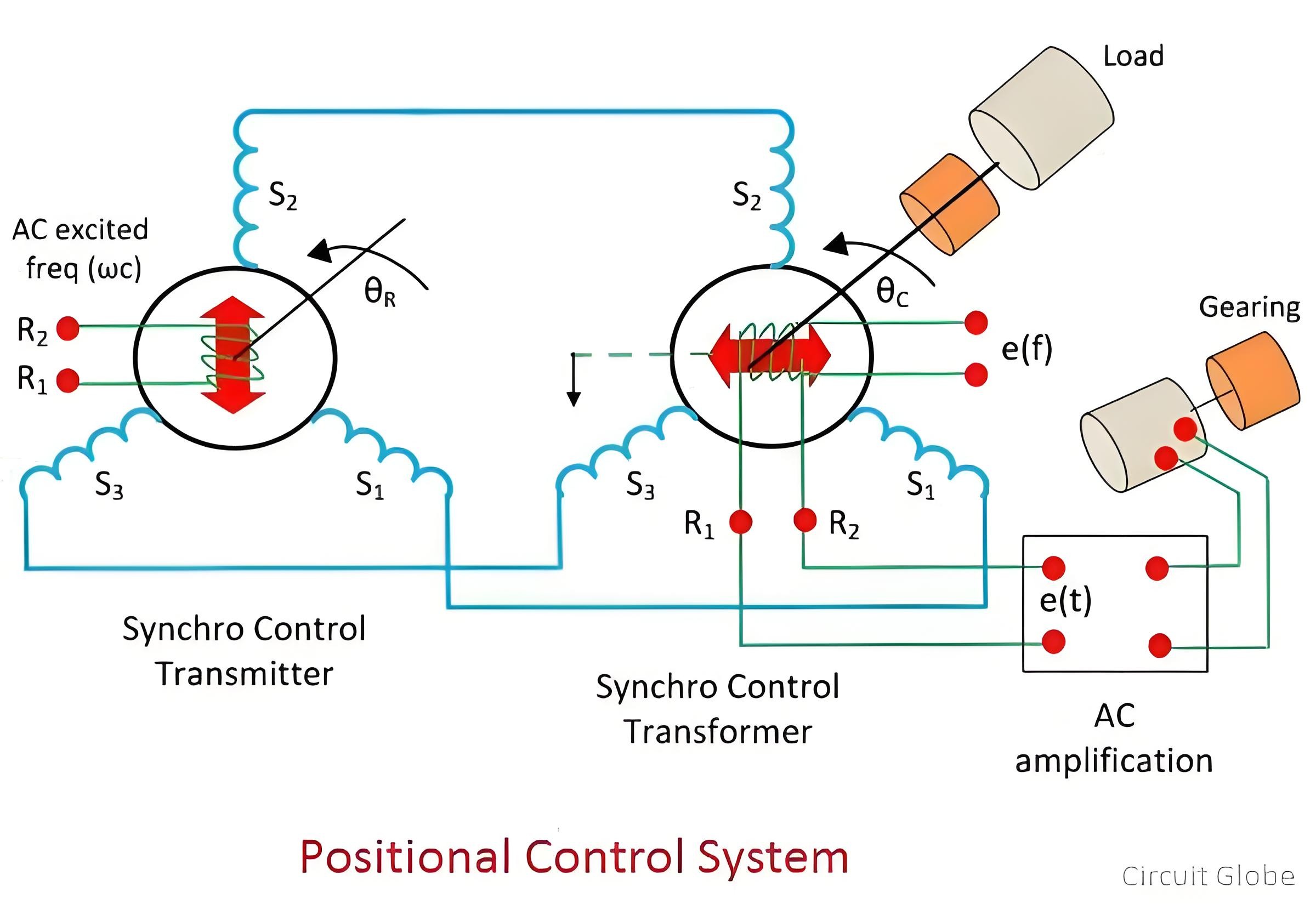
The error signal is applied to the differential amplifier which gives input to the servo motor. The gear of the servo motor rotates the rotor of the control transformer

The figure above shows the output of the synchro error detector which is a modulated signal. The modulating wave above shown the misalignment between the rotor position and the carrier wave.

The Electricity Encyclopedia is dedicated to accelerating the dissemination and application of electricity knowledge and adding impetus to the development and innovation of the electricity industry.

